The Gallerie dell’Accademia in Venice unveiled the new Multimedia Space, an interactive space that allows visitors to access never-before-seen content related to the museum’s Scientific and Restoration Laboratories. This new environment represents a direct link between research and conservation activities and the public, thanks to very high-definition images obtained with the help of a 3D digital microscope.
The Gallerie dell’Accademia stands out as the only Italian museum to have a scientific laboratory with a dedicated in-house team and the first to equip itself with a three-dimensional digital microscope. This advanced technology makes it possible to observe details invisible to the naked eye, which are fundamental for understanding execution techniques, assessing the state of conservation and reconstructing the history of the works.
“A perhaps lesser-known excellence of this museum, rightly famous for its collection and the exhibitions it promotes,” says Giulio Manieri Elia, director of the Gallerie dell’Accademia. “It is an interactive space that allows visitors to familiarize themselves with the museum’s masterpieces, but it also represents an open window on the activities of the Galleries’ Scientific Laboratory and restorations. For the relaunch of which, addressed to updating the instrumental equipment and staffing, we have worked a great deal thanks to the contribution of the museum team and the enthusiastic support of Venice International Foundation, Venice In Peril, Venice Best Talent Association and Banco Energia S.p.A Società Benefit.”
Among the stars of the new Multimedia Space is Leonardo da Vinci’sVitruvian Man, the famous drawing, owned by the museum, which can now be analyzed in depth thanks to digital microscopic images. These enlargements reveal never-before-observed elements, such as the compass hole in the navel and a small circular stamp with the letters “AV” (Accademia Veneta), a hallmark of the Academy’s collection dating back to the 19th century. The images also show the structure of the handmade paper, highlighting colorful fibers and irregularities in the composition of the medium.
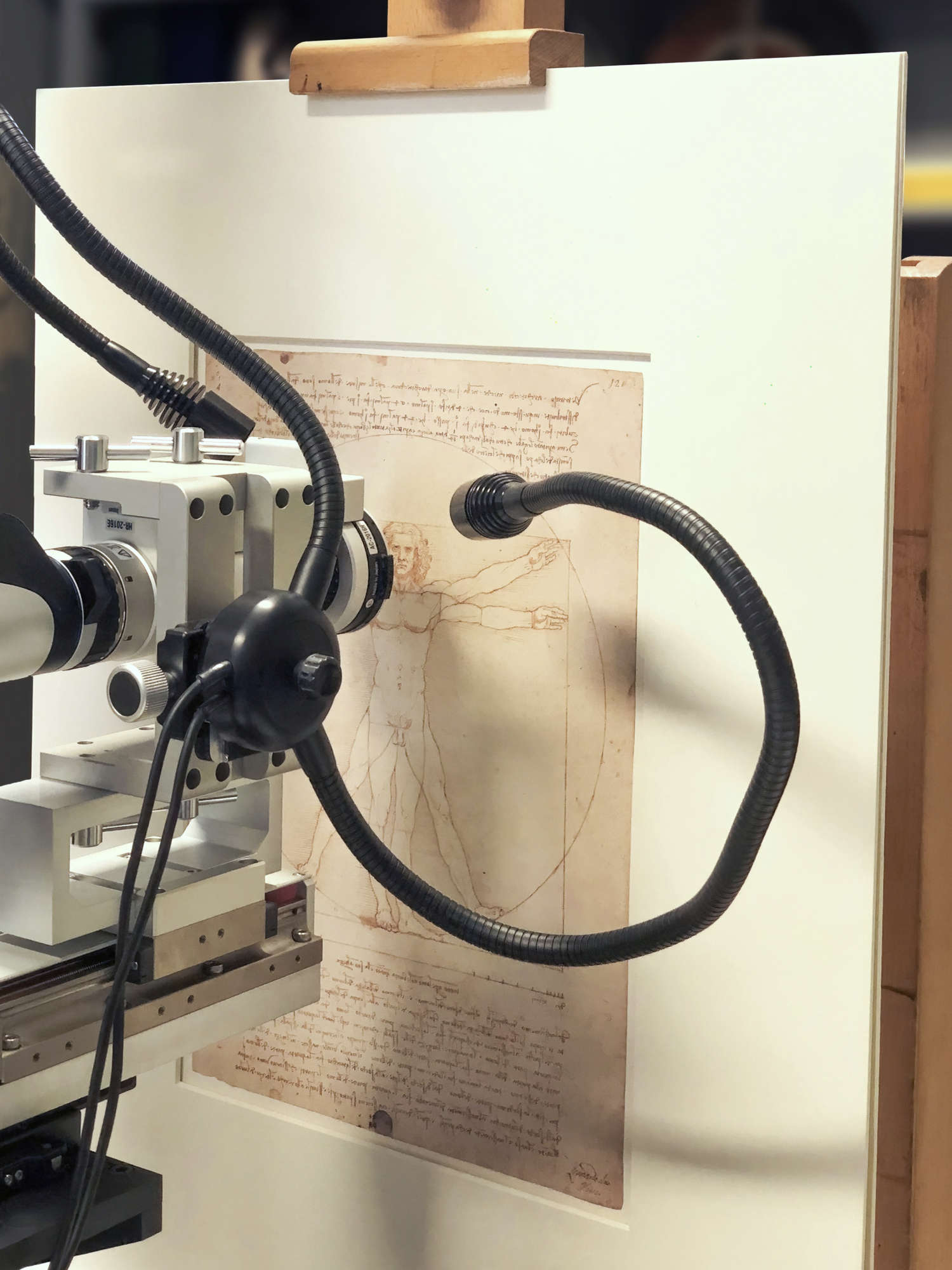
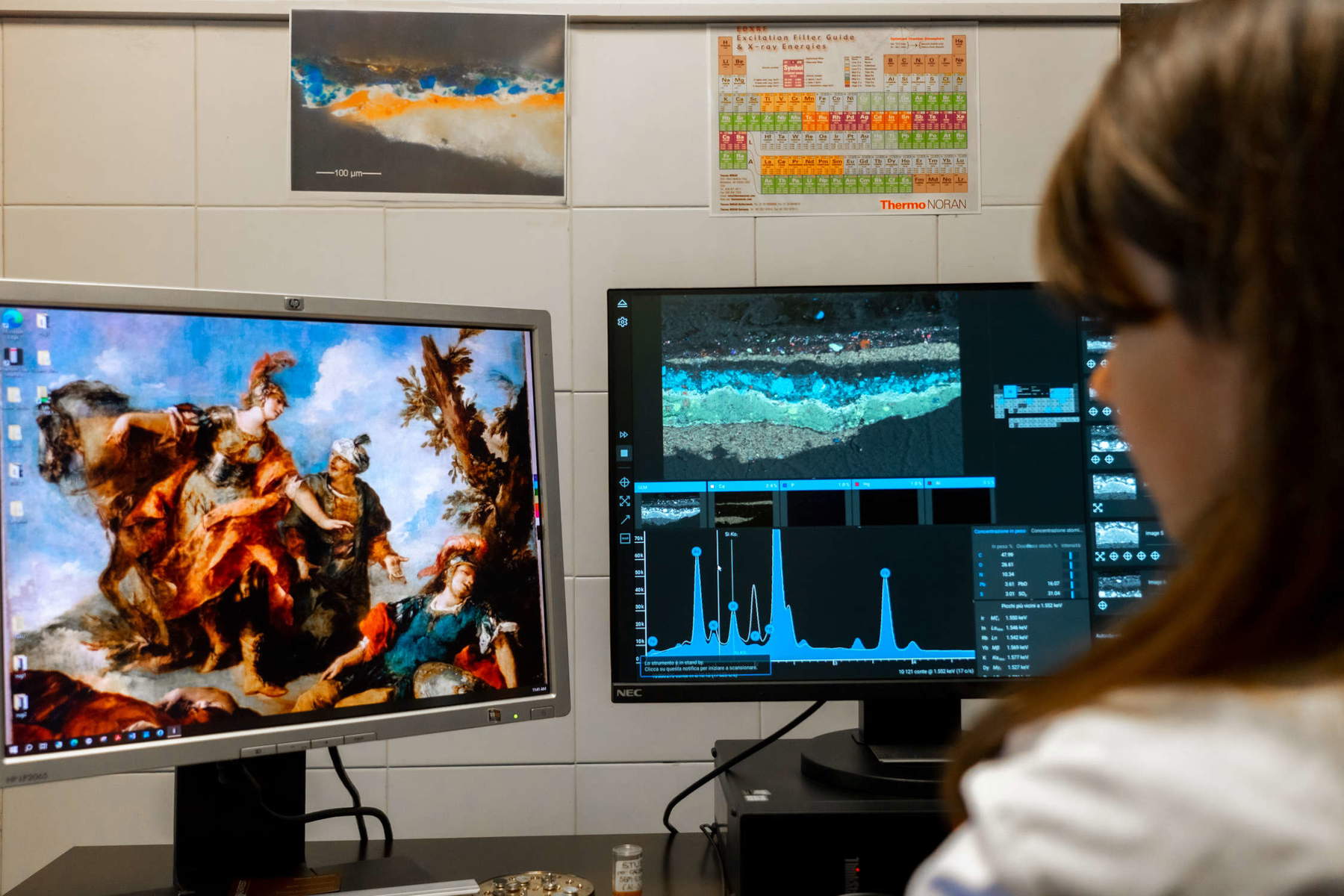
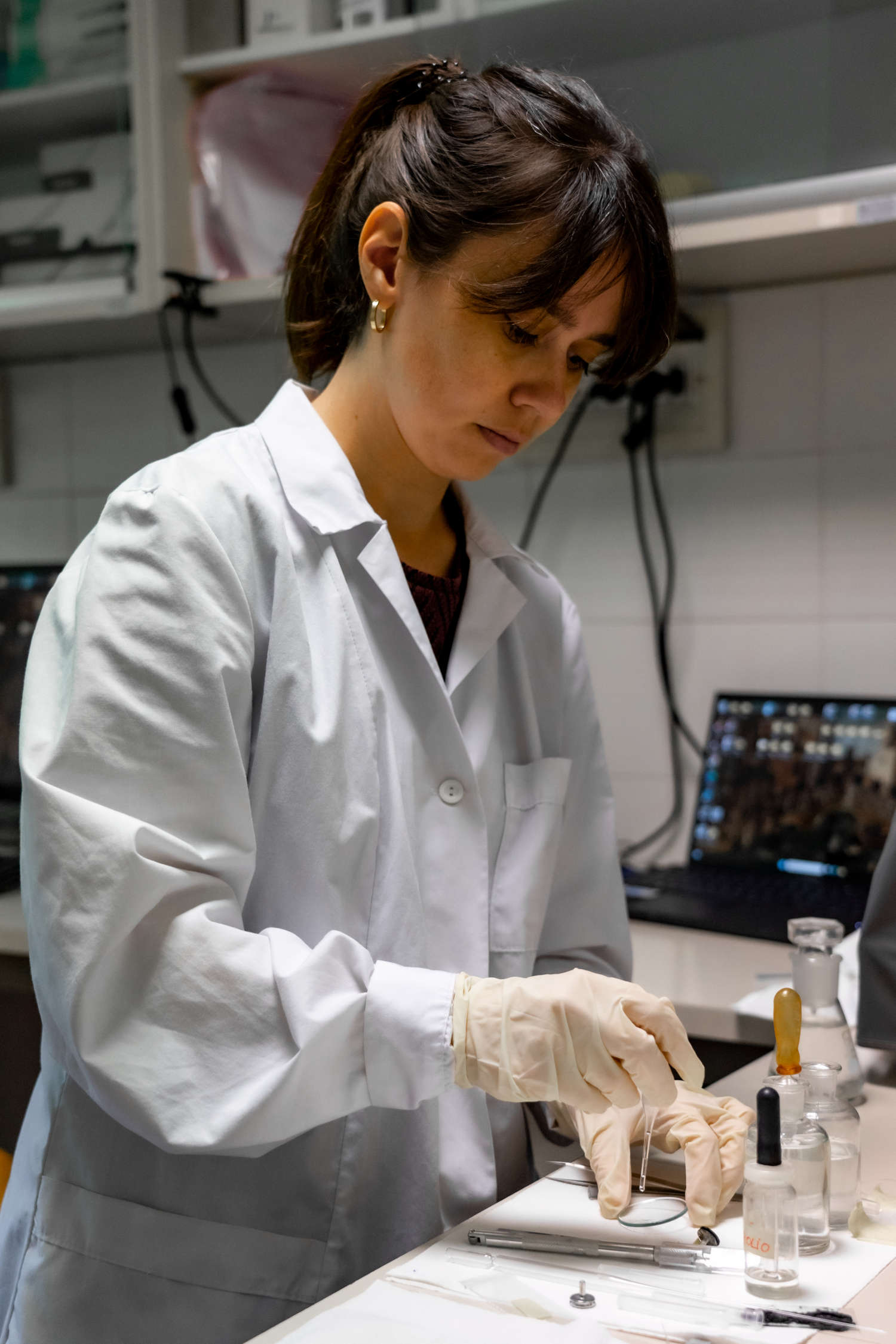
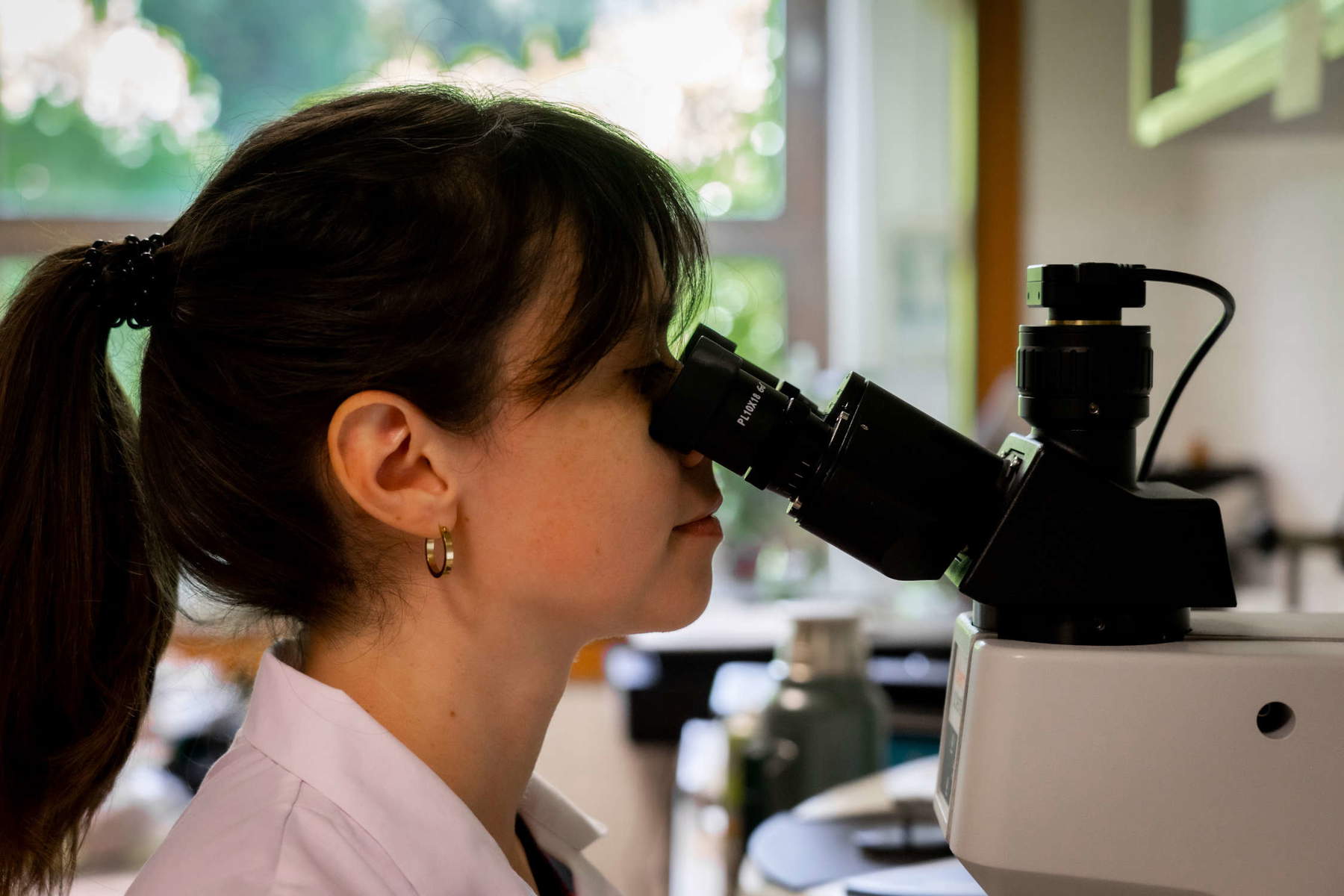
The coordinators of the project, Maria Antonietta De Vivo and Stefano Volpin, emphasize how these images not only enrich the technical knowledge of the work, but also allow reconstructing its post-realization history. For example, a deep groove was identified along the outline of the figure, probably made to obtain a cast, which weakened the paper in that area, making it fragile. Thanks to the digital media in the new space, visitors can observe these micro-lesions, bringing them closer to the most delicate details of the work.
The Multimedia Space also offers the chance to explore other works of great value and fragility, such as Rosalba Carriera’s Portrait of a Little Girl with Donut. Kept in a vault for conservation reasons, the pastel is here digitally reproduced to allow viewing of the most minute details, including lacerations and gaps. In addition, thanks to the temporary exhibition “Modern Bodies. The Construction of the Body in Renaissance Venice,” it is possible to analyze Giovanni Bellini’s The Allegory of Prudence or Vanity with the same method, thus enriching the cultural experience with scientific insights.
The new space is the result of collaboration between different professional skills and the contribution of entities such as the Best Talent Association of Venice and BANCO ENERGIA S.p.A. The creation of the images using the 3D-Hirox digital microscope was made possible thanks to the support of the Venice International Foundation ETS.
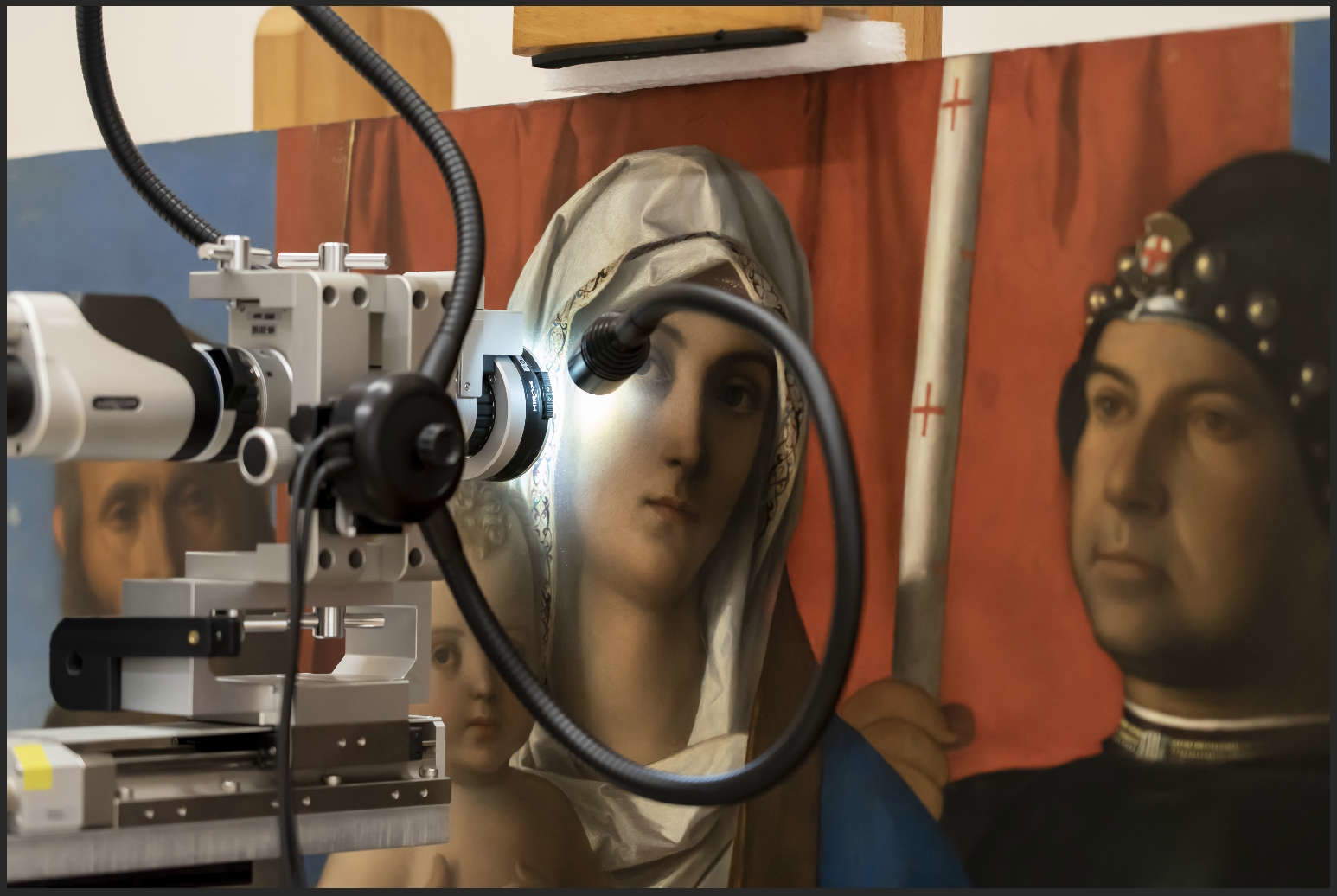
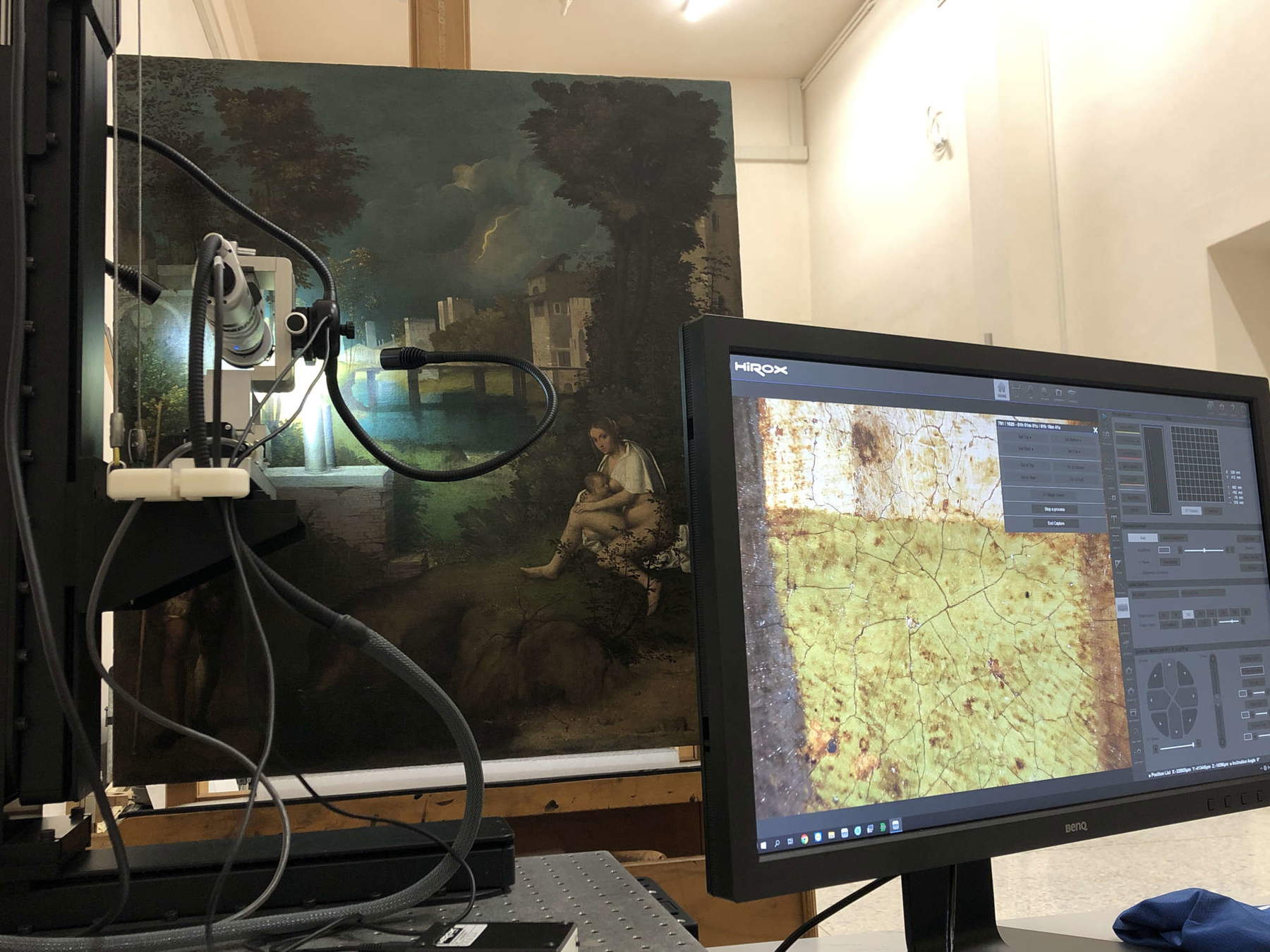
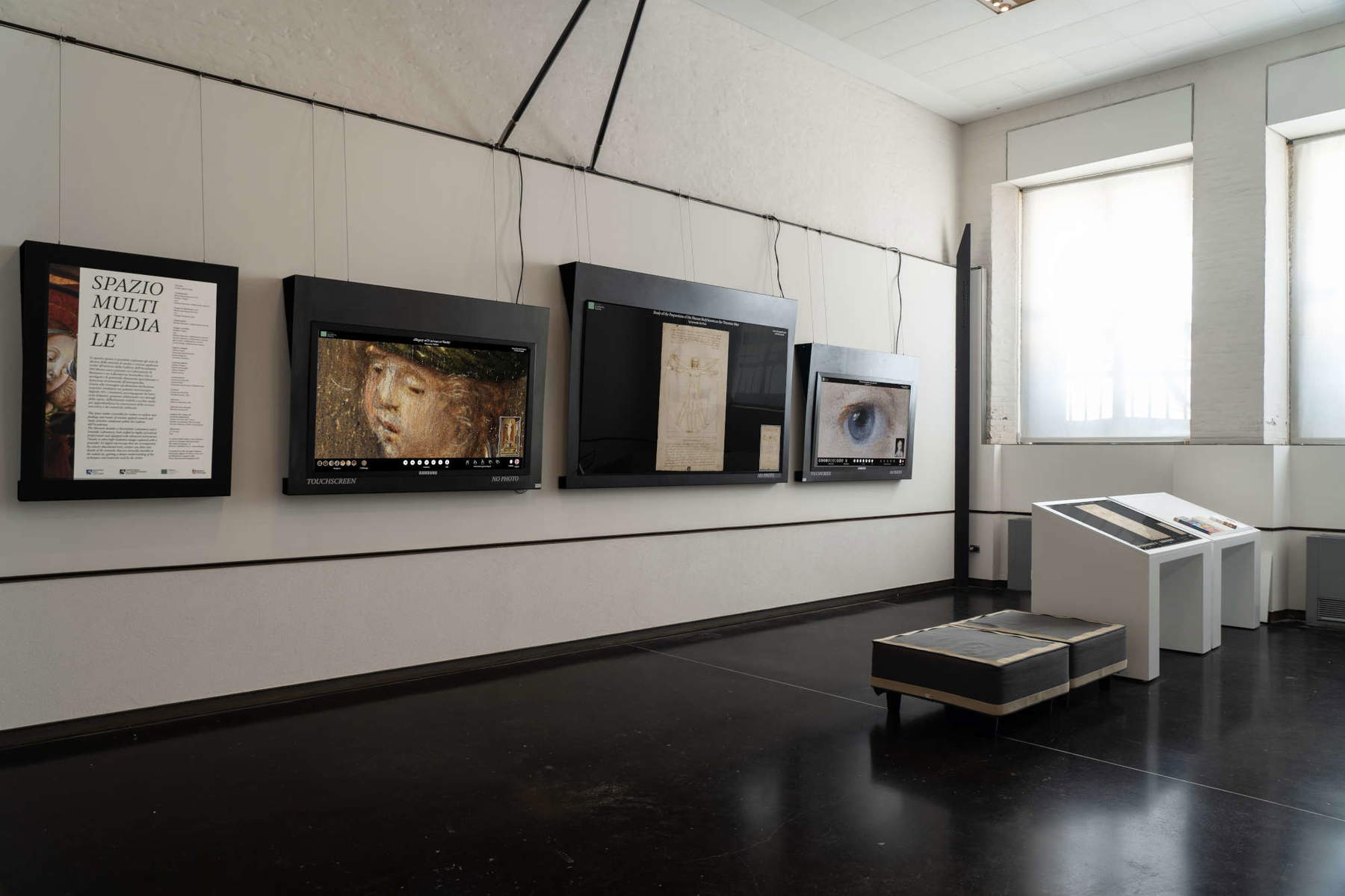
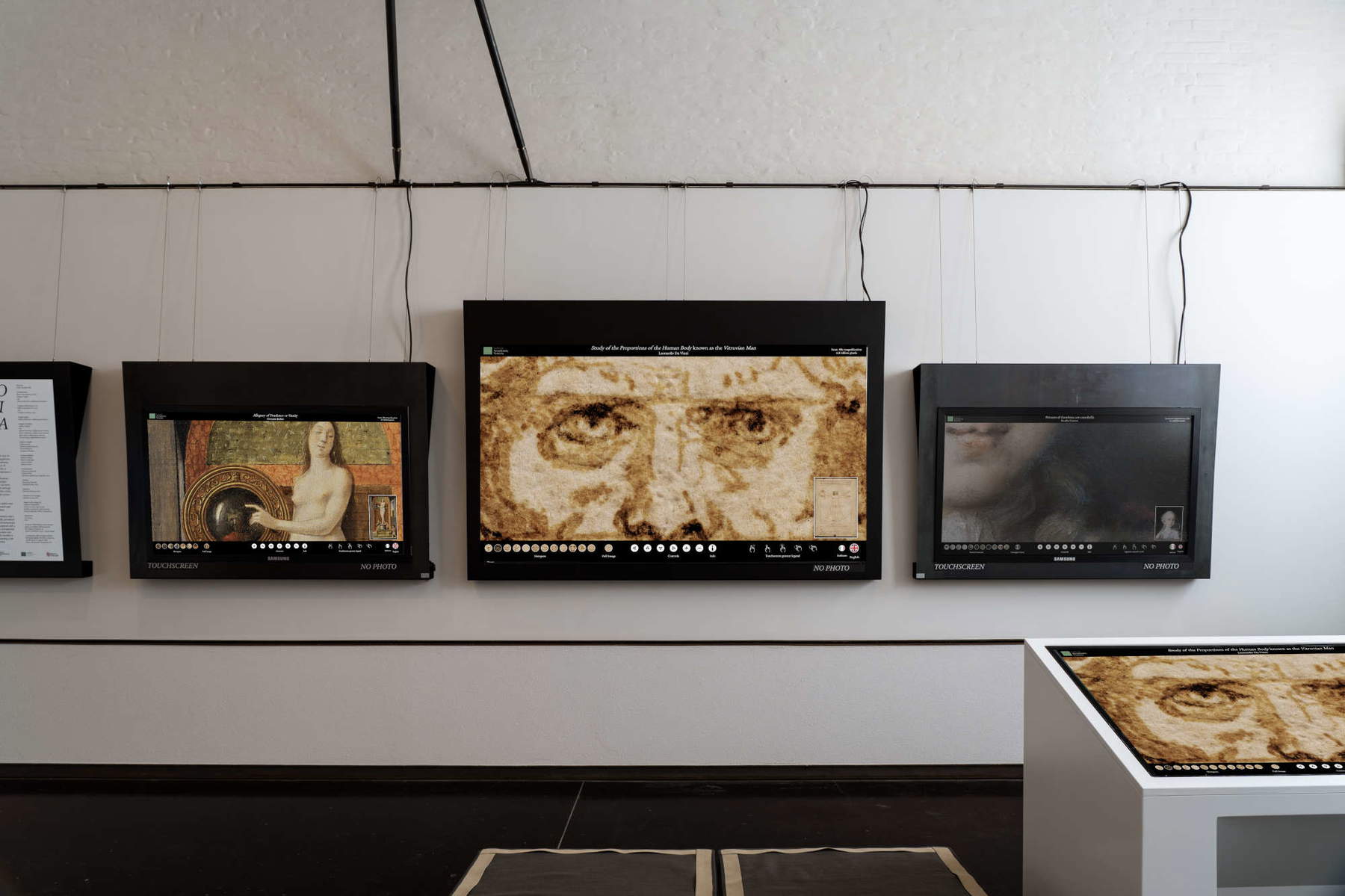
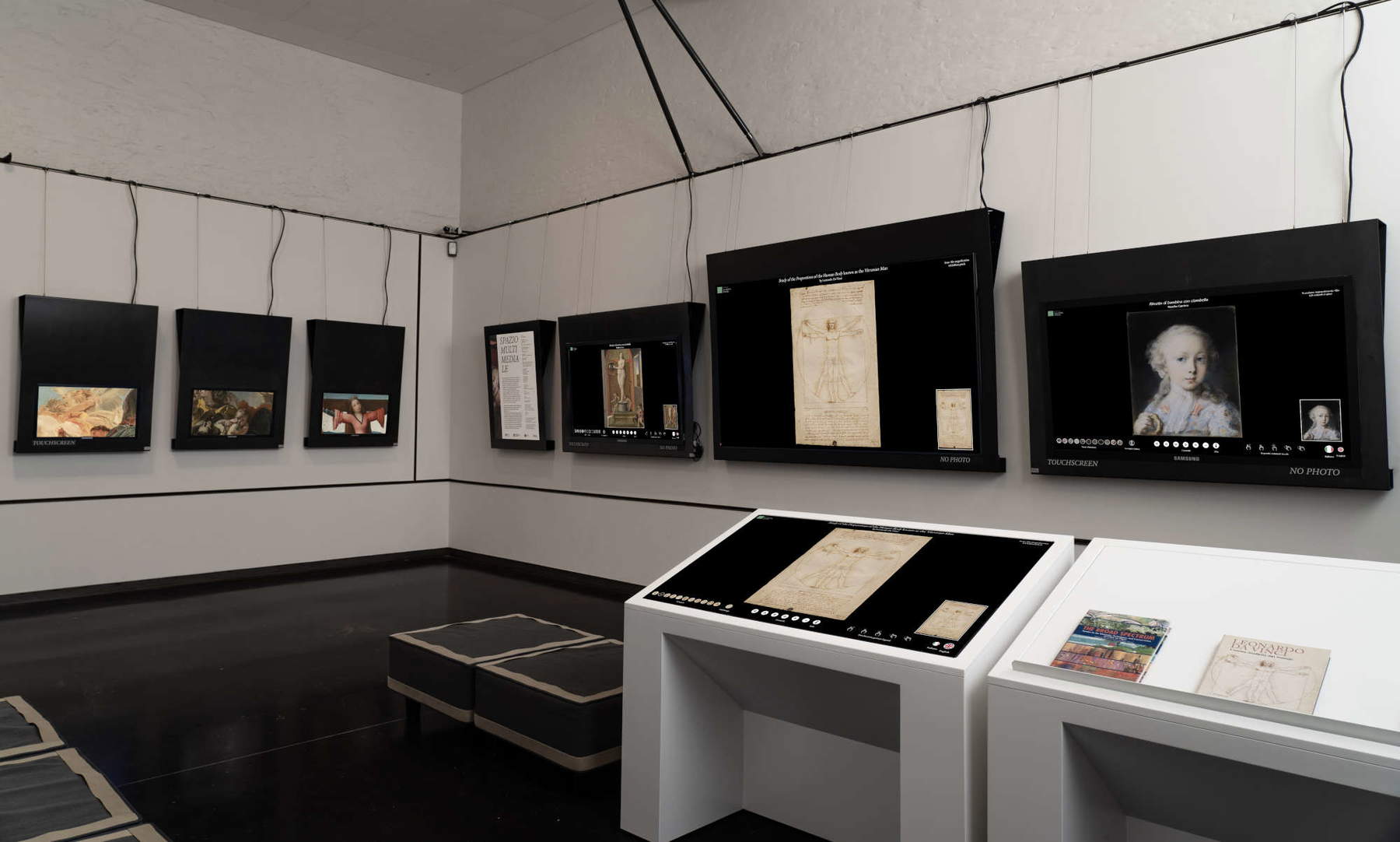
The Scientific and Restoration Laboratories of the Gallerie dell’Accademia, located in the former Scuola Grande della Misericordia, represent a center of excellence for the diagnostics and conservation of cultural heritage. Here, restorers, art historians and specialists work in synergy to ensure respectful and selective interventions. The techniques used range from infrared reflectography to X-ray fluorescence, many of them noninvasive or microinvasive.
Prominent among the lab’s equipment is the 3D-Hirox digital microscope, a state-of-the-art instrument that acquires three-dimensional data with micrometer resolution. This enables extremely detailed scans of the surface of the works, documenting processes of deterioration and contributing to the planning of conservation interventions. Digital documentation also ensures the future preservation of information on the state of the works.
The Multimedia Space thus represents a bridge between scientific research and the public, enhancing the artistic heritage through technological innovation and offering a new key to understanding the works preserved in the Gallerie dell’Accademia in Venice.
 |
| Venice's Gallerie dell'Accademia inaugurates Multimedia Space with 3D digital microscope |
Warning: the translation into English of the original Italian article was created using automatic tools. We undertake to review all articles, but we do not guarantee the total absence of inaccuracies in the translation due to the program. You can find the original by clicking on the ITA button. If you find any mistake,please contact us.